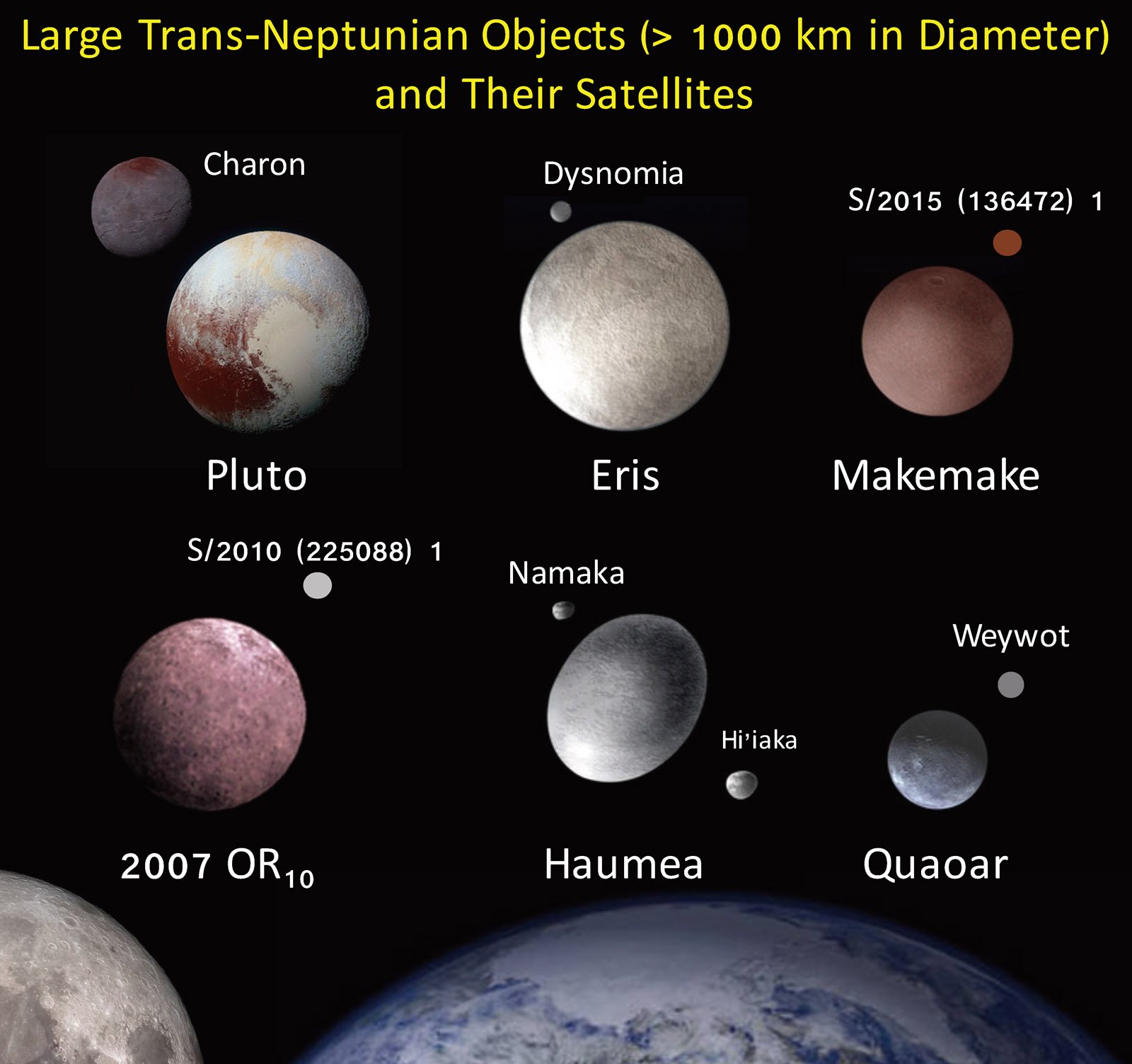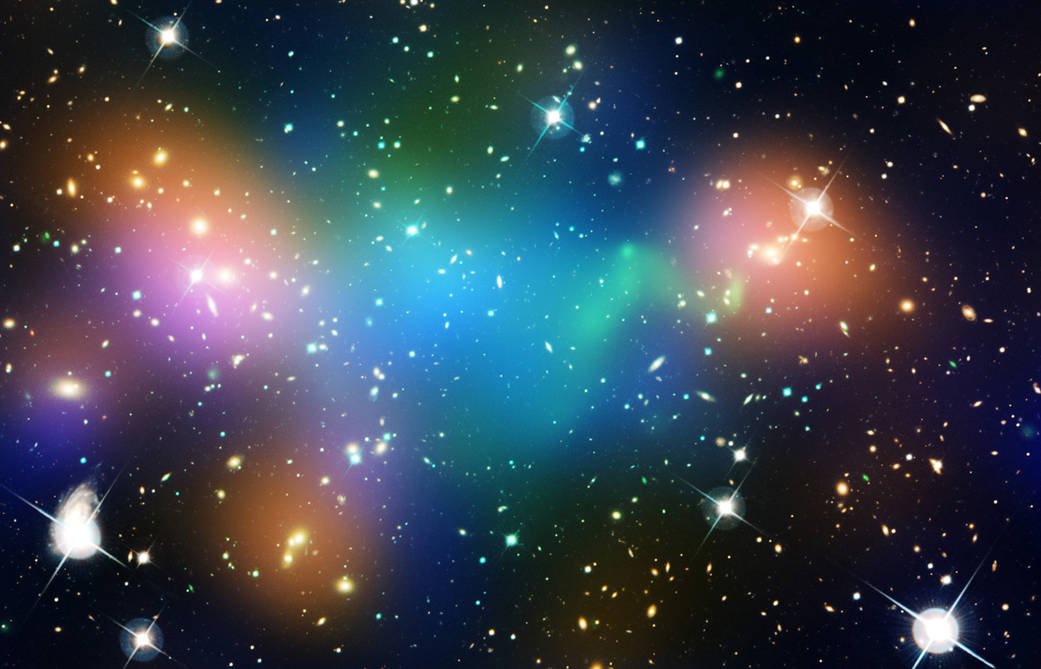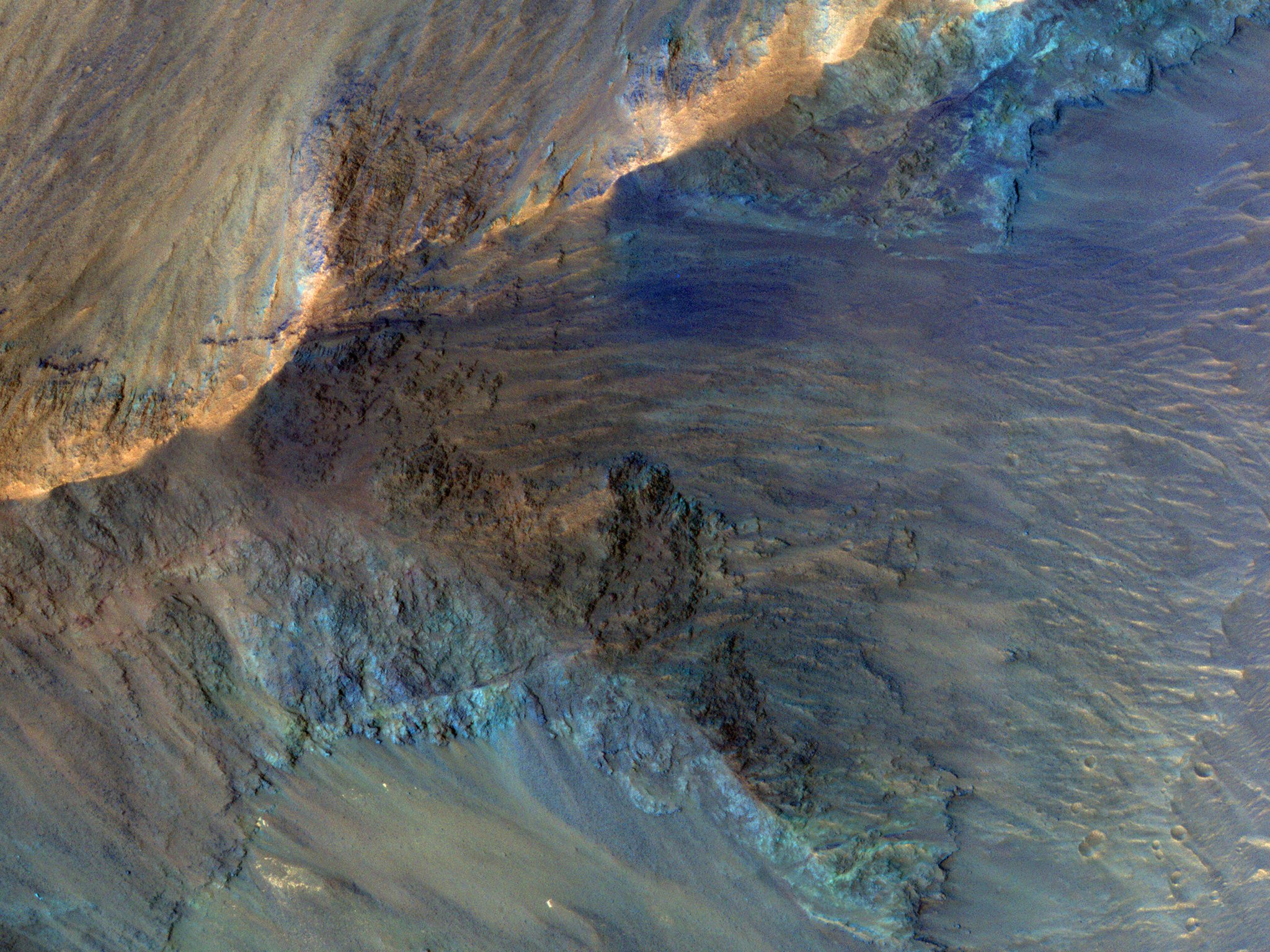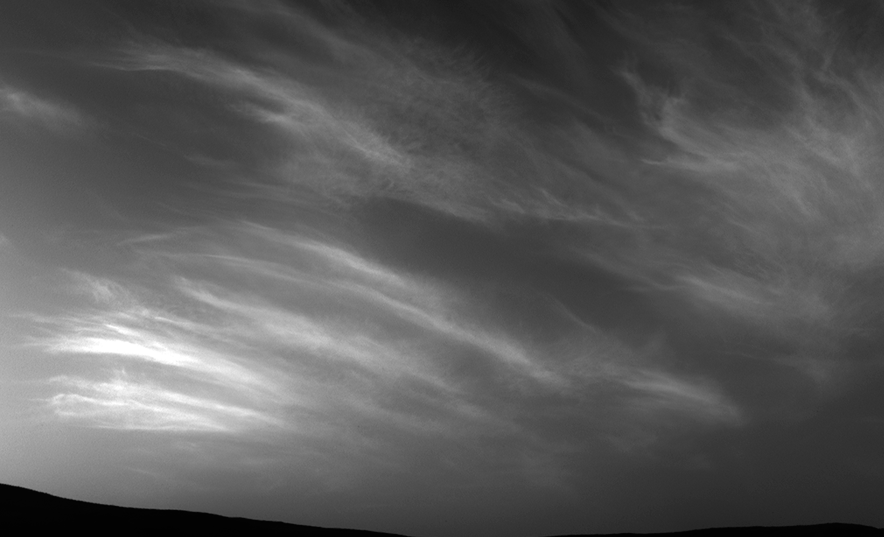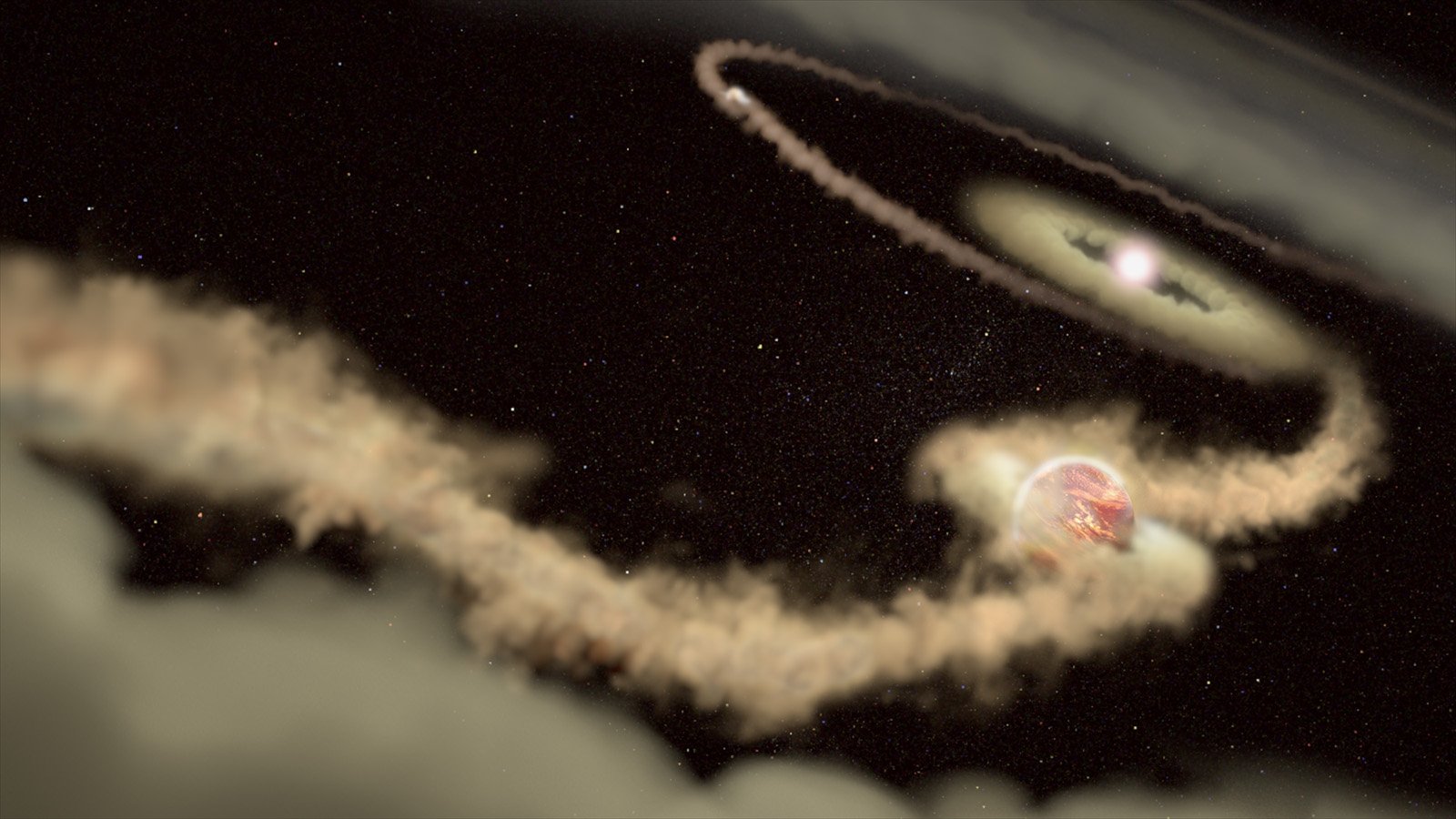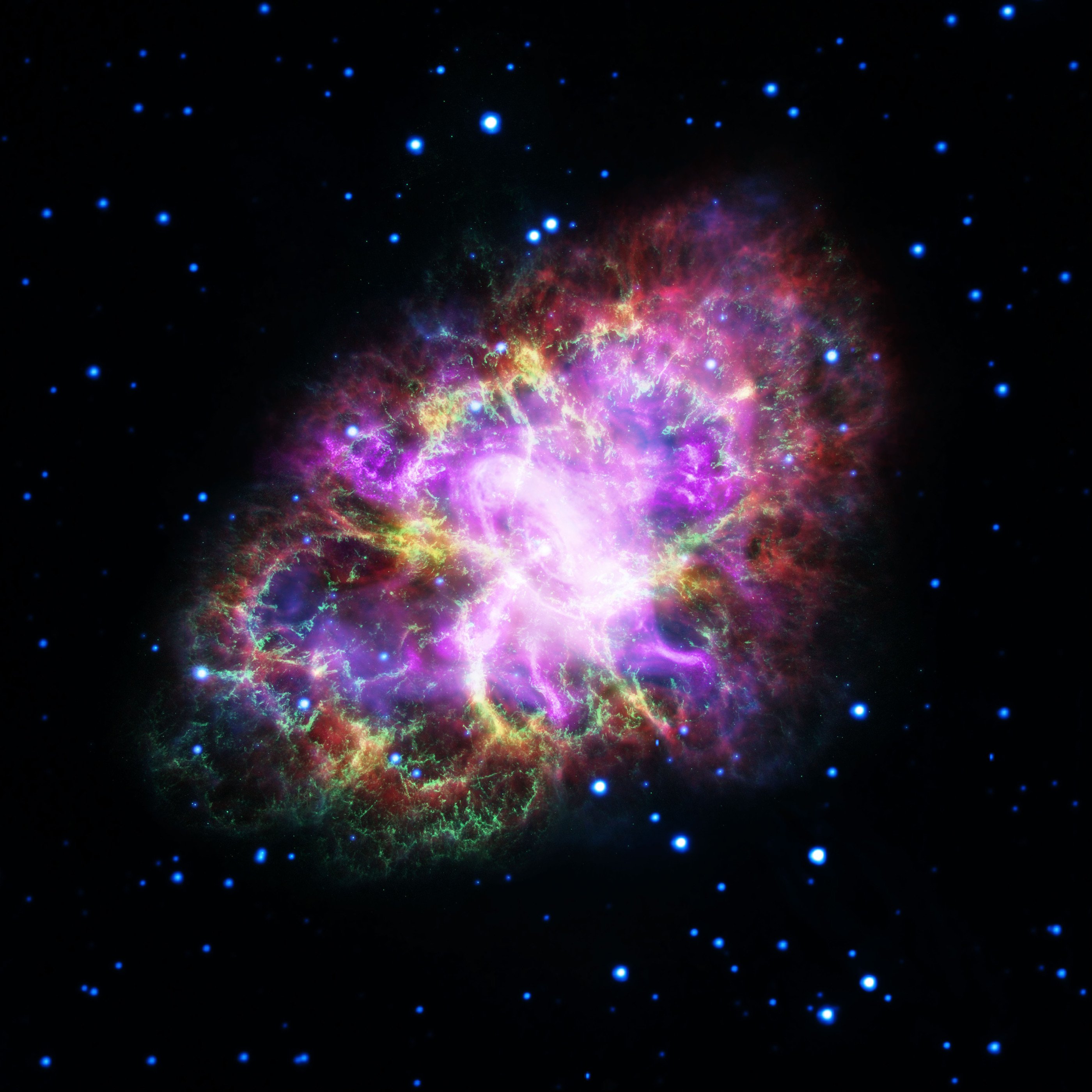Tokyo Tech-led study shows how icy outer solar system satellites may have formed
Using sophisticated computer simulations and observations, a team led by researchers from the Earth-Life Science Institute (ELSI) at Tokyo Institute of Technology has shown how the so-called trans-Neptunian Objects (or TNOs) may have formed. TNOs, which include the dwarf planet Pluto, are a group of icy and rocky small bodies—smaller than planets but larger than … Read more
